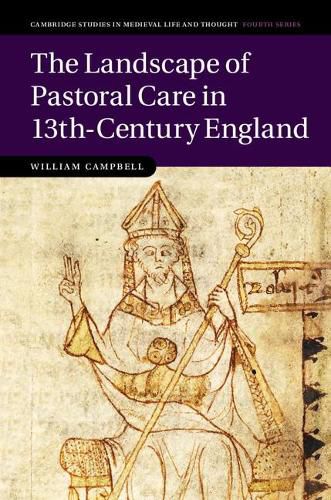Readings Newsletter
Become a Readings Member to make your shopping experience even easier.
Sign in or sign up for free!
You’re not far away from qualifying for FREE standard shipping within Australia
You’ve qualified for FREE standard shipping within Australia
The cart is loading…






The thirteenth century was a crucial period of reform in the English church, during which the church’s renewal initiatives transformed the laity. The vibrant lay religious culture of late-medieval England cannot be understood without considering the re-invigorated pastoral care that developed between 1200 and 1300. Even before Innocent III called the Fourth Lateran Council of 1215, reform-minded bishops and scholars were focusing attention on the local church, emphasising better preaching and more frequent confession. This study examines the processes by which these clerical reforms moulded the lay religiosity of the thirteenth century, integrating the different aspects of church life, so often studied separately, and combining a broad investigation of the subject with a series of comparative case studies. William H. Campbell also demonstrates how differences abounded from diocese to diocese, town to country and parish to parish, shaping the landscape of pastoral care as a complex mosaic of lived religion.
$9.00 standard shipping within Australia
FREE standard shipping within Australia for orders over $100.00
Express & International shipping calculated at checkout
The thirteenth century was a crucial period of reform in the English church, during which the church’s renewal initiatives transformed the laity. The vibrant lay religious culture of late-medieval England cannot be understood without considering the re-invigorated pastoral care that developed between 1200 and 1300. Even before Innocent III called the Fourth Lateran Council of 1215, reform-minded bishops and scholars were focusing attention on the local church, emphasising better preaching and more frequent confession. This study examines the processes by which these clerical reforms moulded the lay religiosity of the thirteenth century, integrating the different aspects of church life, so often studied separately, and combining a broad investigation of the subject with a series of comparative case studies. William H. Campbell also demonstrates how differences abounded from diocese to diocese, town to country and parish to parish, shaping the landscape of pastoral care as a complex mosaic of lived religion.